Synthesis of Magnetic Nanoparticles toward High-Performance Permanent Magnets
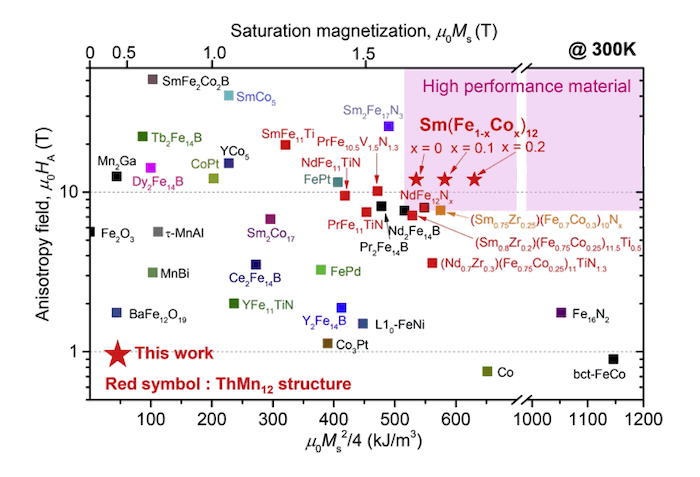
Synthesis of Rare Earth Magnetic Particles
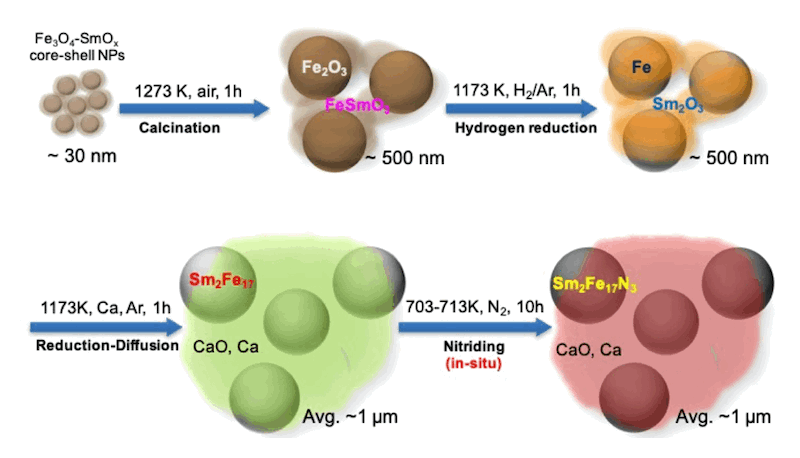
Nanoparticle Approach to the Formation of Sm2Fe17N3 Hard Magnetic Particles
(Chem. Lett. 2019, 48, 1054.)
Synthesis of Exchange Coupled Nanocomposite Magnet Nanoparticles
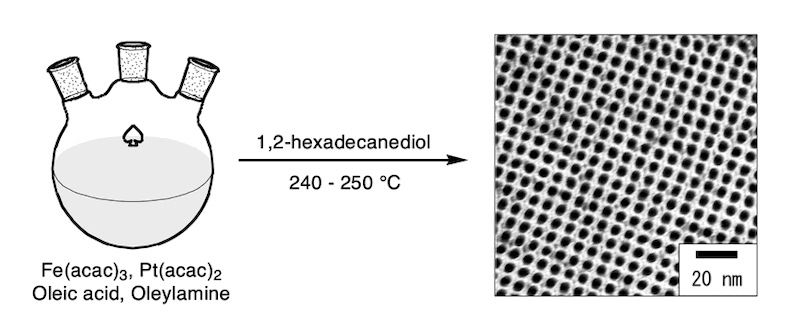
One-Pot Synthesis of Large FePt Nanoparticles from Metal Salts and Their Thermal Stability
(Langmuir 2006, 22, 3485.)
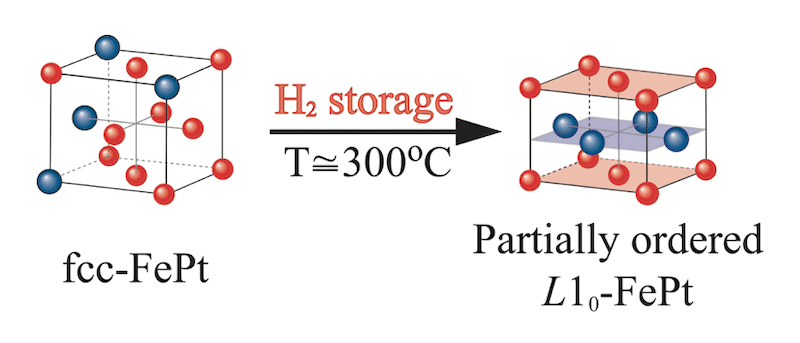
Hydrogen-Induced Crystal Structural Transformation of FePt Nanoparticles at Low Temperature
(J. Phys. Chem. C. (Letter) 2007, 111, 7231.)
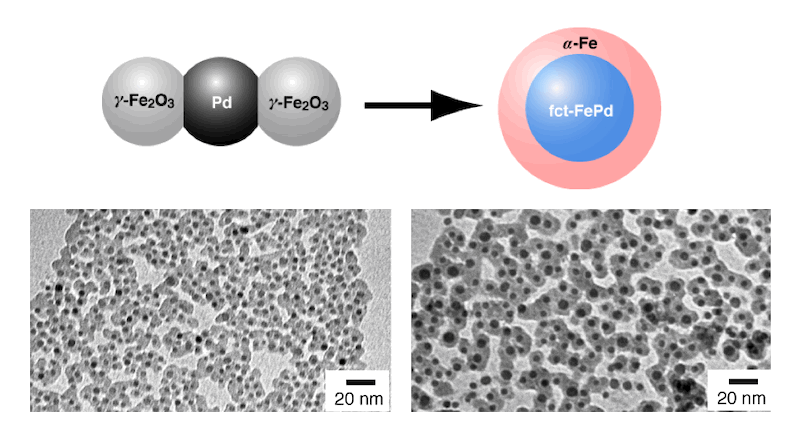
Conversion of Anisotropically Phase-segregated Pd/γ-Fe2O3 Nanoparticles into Exchange-coupled fct-FePt/α-Fe Nanocomposite Magnets
(J. Am. Chem. Soc. 2008, 130, 4210.)
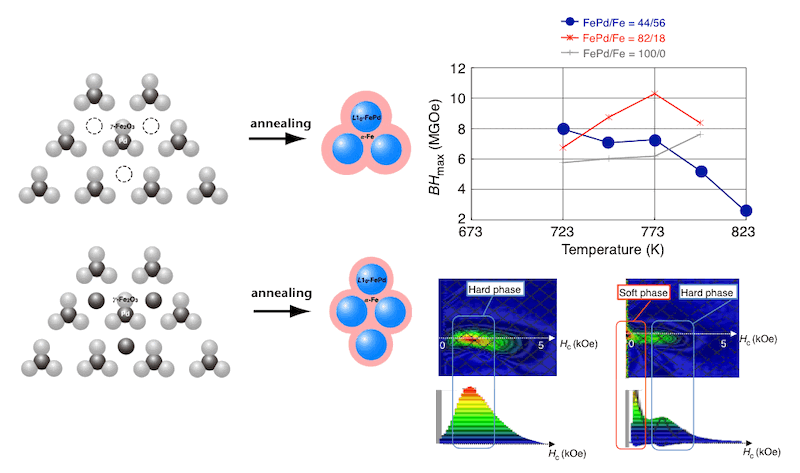
Exchange Coupling Interaction in L10-FePt/α-Fe Nanocomposite Magnets with Large Maximum Energy Products
(ACS Nano 2011, 5, 2806.)
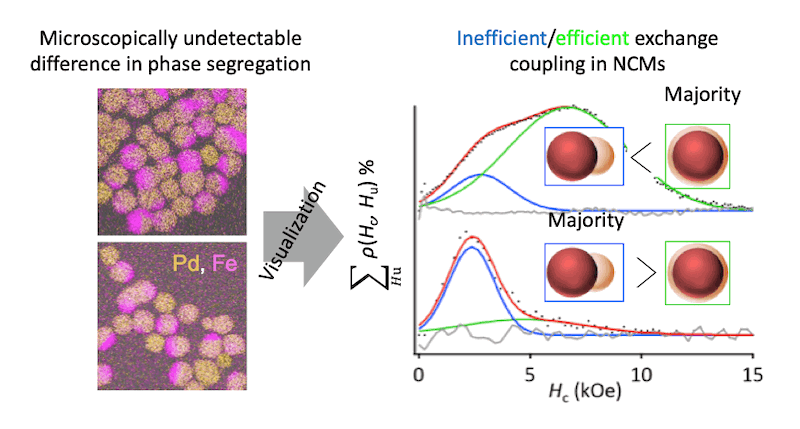
Formation of Strong L10-FePt/α-Fe Nanocomposite Magnets by Visualizing Efficient Exchange Coupling
(Nanoscale Adv. 2019, 1, 2598.)